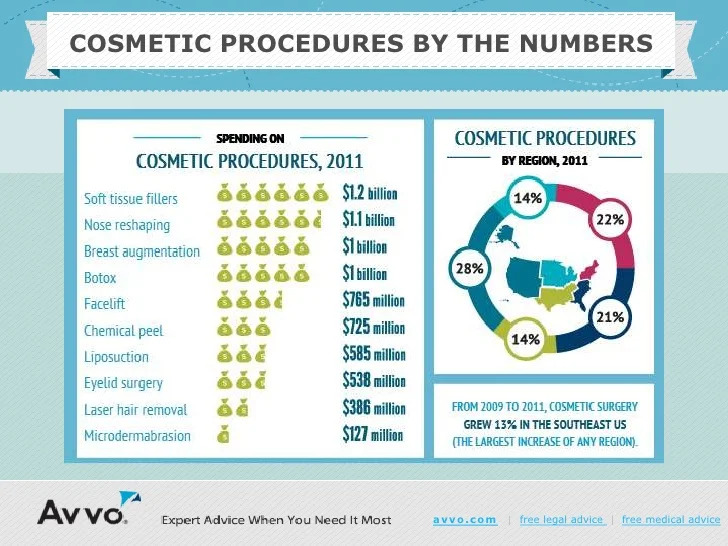How To Find The Right Sunscreen For Acne
How To Find The Right Sunscreen For Acne
Blog Article
Acne Therapy - What Are AHAs in Acne Therapy?
AHAs are a key component for unclogging pore obstructions and brightening acne-prone skin. They work by breaking down dead skin cell build-up to promote newer, fresher cells, and protecting against future obstructions.
Creating topical AHAs requires meticulous interest to numerous key aspects that significantly impact their effectiveness and tolerability. Maintaining the ideal pH array, along with automobile selection and focus, intensifies their exfoliative qualities while minimizing potential negative responses.
Glycolic acid
Glycolic acid is understood for its light yet efficient scrubing residential properties, which advertise skin's natural dropping and loosen up the "glue" that holds dead cells externally of the skin. This helps unclog pores and lessen the look of great lines and creases, along with improve overall skin texture and tone.
Remarkably, topical glycolic acid has actually additionally been revealed to stimulate the production of collagen, which is vital in preserving skin's suppleness and elasticity. It is essential to note, nevertheless, that due to the fact that glycolic acid can boost the skin's sensitivity to sunlight, it is important to put on sunscreen when utilizing any type of items containing this component.
Skin doctors pay mindful focus to the solution of products including AHAs in order to enhance their efficiency and tolerability. Creating AHAs with the ideal lorry, in addition to pH and focus factors to consider, permits optimum skin infiltration while lessening prospective negative reactions. This is especially important for clients with sensitive skin, because AHAs are known to be mildly irritating.
Lactic acid
Lactic acid is found in many over-the-counter skin care products and some more powerful specialist peels and therapies. It has the most affordable molecular weight of all the AHAs and is able to penetrate deeper right into the skin, where it is extra efficient at unclogging pores and exfoliating.
Like glycolic acid, it also stimulates collagen synthesis, which helps lessen great lines and wrinkles and improve skin texture. Furthermore, it has moisture-retention residential or commercial properties, which makes it more suitable for drier skin kinds than various other AHAs.
The comprehensive body of clinical information confirming the efficiency of topical AHAs sustains their utility in a laser hair removal near me large range of dermatological ailments and visual worries. These include intricate skin restoration procedures, attenuation of great lines and wrinkles, lightening of hyperpigmentation, therapeutic treatment for actinic keratosis, and acne administration [2] Optimizing the solution of AHAs by balancing pH, focus, and automobile selection better improves their therapeutic possibility. These cautious considerations allow dermatologists to supply risk-free and effective therapies that offer superior professional results.
Mandelic acid
Mandelic acid, derived from almonds, is one more member of the AHA family members and is a popular active ingredient in products that aid treat acne. Its bigger molecular size suggests it permeates the skin more gradually and carefully, which can reduce the capacity for inflammation. It's additionally less most likely to set off soreness and other skin level of sensitivity issues, making it ideal for sensitive skin kinds.
Mandelic Acid is thought to help in reducing swelling and boost hydration. It functions by loosening the bonds in between dead skin cells, permitting them to lose and reveal fresher-looking skin. It also helps reduce the look of enlarged pores.
Creating topical products with AHAs needs a precise balance of key factors that considerably affect their efficiency and tolerability. Particularly, the pH of an AHA solution has been revealed to play a crucial role in its capability to promote exfoliation and boost skin tone and appearance. Achieving this ideal focus is a challenging goal and calls for meticulous interest to the numerous elements that impact the formulation process.
Citric acid
Citric acid, found in citrus fruits such as oranges and lemons, is a moderate AHA. It's much less irritating than glycolic or lactic acid, making it better for delicate skin. It also has astringent homes, aiding to dry excess oil.
Like other AHAs, citric acid can be used in chemical peels and everyday active/maintenance therapies to scrub the skin and promote cell turnover. It can help reduce the look of dark places and hyperpigmentation, as well as fine facial lines.
It can likewise boost the synthesis of glycosaminoglycans, which play an important role in enhancing the skin obstacle feature. This aids to avert trans-epidermal water loss, and maintain optimum hydration levels in the skin [35]
AHAs can be combined with relaxing components such as ceramides or hyaluronic acid to boost their tolerability. They can be included into everyday active/maintenance skin care with lotion or product formulations. This allows specialists to tailor their AHA treatments based on individual requirements and choices, with the adaptability of picking from various therapy strengths or focus.